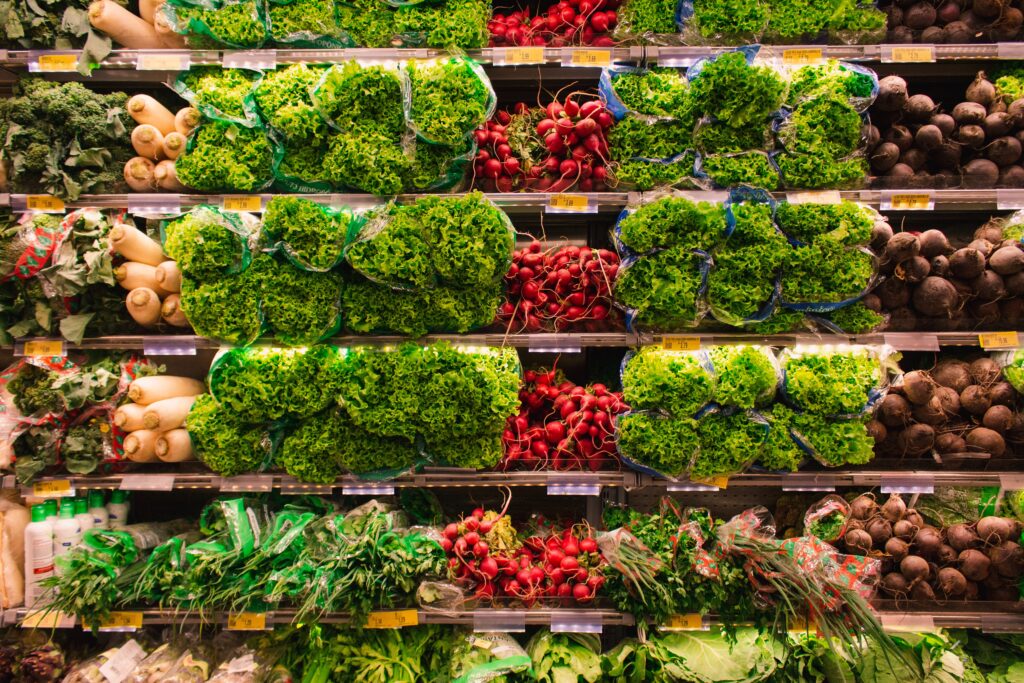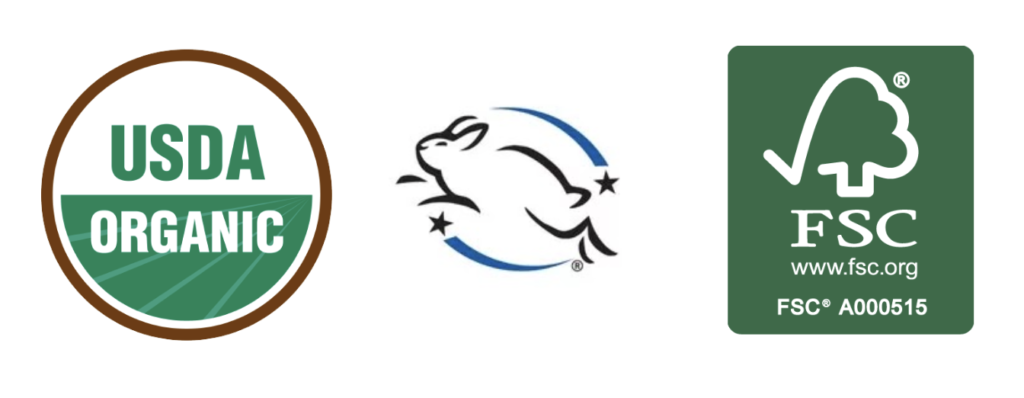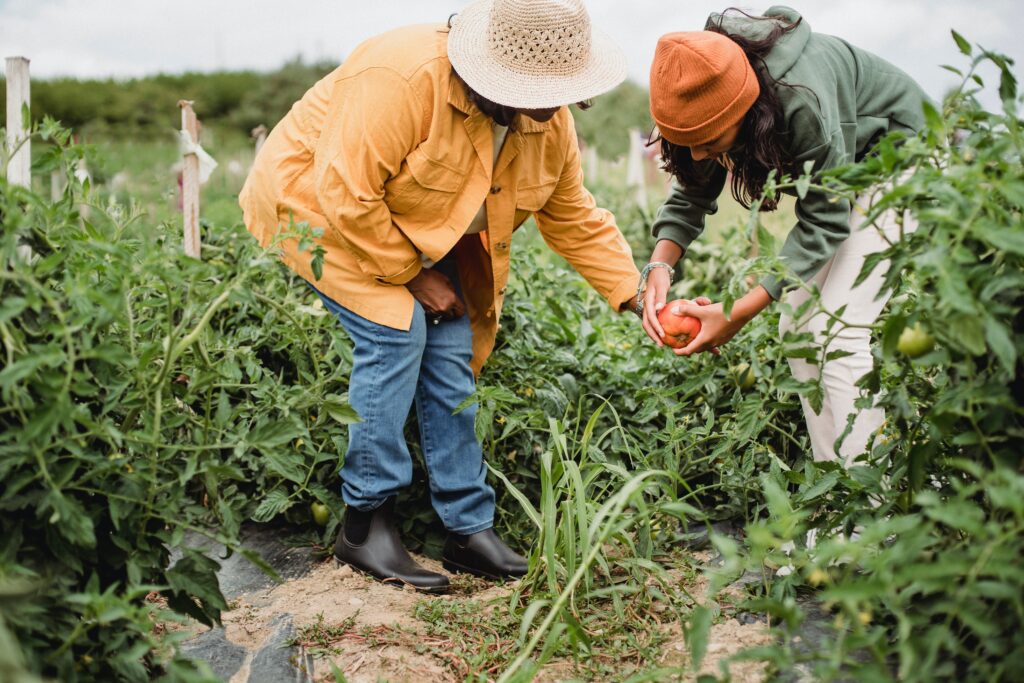
Have you ever wondered what goes into the products that you use in your everyday life? What’s the production process like and how damaging is it to the environment? Are the materials sourced ethically? If you are among the many individuals who have become rightfully concerned over the state of the environment, then you’ve probably asked yourself these questions about your favorite products. Everything from your favorite detergent to your go-to cosmetics and most used bags have undergone a unique production process before making it into your home, after all If you want to start adopting a more environmentally conscious lifestyle, then it might be time to start checking how eco-friendly your favorite products are. Here are 5 simple steps to determine how “green” your favorite merchandise is.
- Look at the ingredients list

One quick and easy way to check how green a product is to read its ingredient list. Institutions such as the United States Environmental Protection Agency provide lists of the most environmentally harmful chemical ingredients. These include components like parabens, sulfates, microplastics and more. of these ingredients have varying degrees of harmfulness and restrictions, so it might be best to trash a beloved product if it contains a number of these ingredients on its list.
- Check the labels for certifications

Another way to check for green-ness that’s as easy as looking at the product is looking out for certifications awarded by third party authorities. These certifications, which usually appear as logos on the back of a product’s packaging, indicate that a product has undergone a review and has passed certain standards regarding environmental and ethical impacts. These certifications include Leaping Bunny ‘s cruelty-free certification, the USDA’s organic production certification, the Forest Stewardship Council‘s forest-management certification, and many more. Not only are these third party organizations less likely to have company biases, their certifications also often require companies’ production processes to be audited regularly to ensure passing the strict set of qualifications. next time you go shopping.
- Find the product’s country of origin

Next, ask yourself if this product is imported from another country. How far is the country from where you are now buying it? Although there are many economic benefits to international trade, the hidden harms it poses to the environment are not always at the forefront of our collective consciousness. The carbon emissions from transporting ingredients and products all over the world are not dismissable. The huge demand for a particular ingredient also causes much environmental damage as in the case of soybeans sourced from Brazil , an industry that has led to the mass conversion of forests to crop and farmland. It might help to look into alternatives from local brands with smaller scale production, as you not only help the community but significantly lower your carbon footprint by avoiding imports.
- Research the brand’s parent company

What if the labels don’t have anything specific on their environmental impact? It could also help to research the company that sells the products. Does the company have environmental causes as a prominent feature in their mission statement? misleading labels that falsely claim environmentally conscious practices? This information can be useful, however it is also worth noting that the availability of the information varies, and is therefore a step that requires a bit more research.
- Use external tools to confirm

Lastly, you can always rely on websites and companies that are devoted to checking the sustainability and environmental impact of products. Glimpact , for example, is an online tool that shows the impact a product or company has on the environment. of categories including apparel, paints, and even pet food. You can also read about similar online tools in a previous article about sustainable lifestyles here .
Although it seems daunting to start a more eco-friendly lifestyle, we hope that this guide has helped you as a first step in consuming your everyday products more mindfully. Support eco-friendly businesses to get the attention of larger and more traditional product manufacturers. If you want to learn more about green companies and living an eco-conscious lifestyle, don’t forget to check out the articles on our website and our official instagram page.





